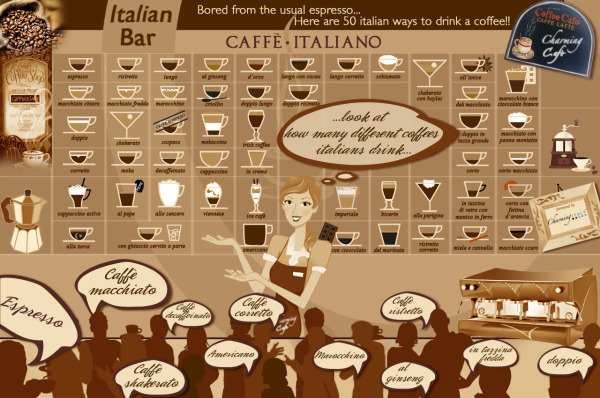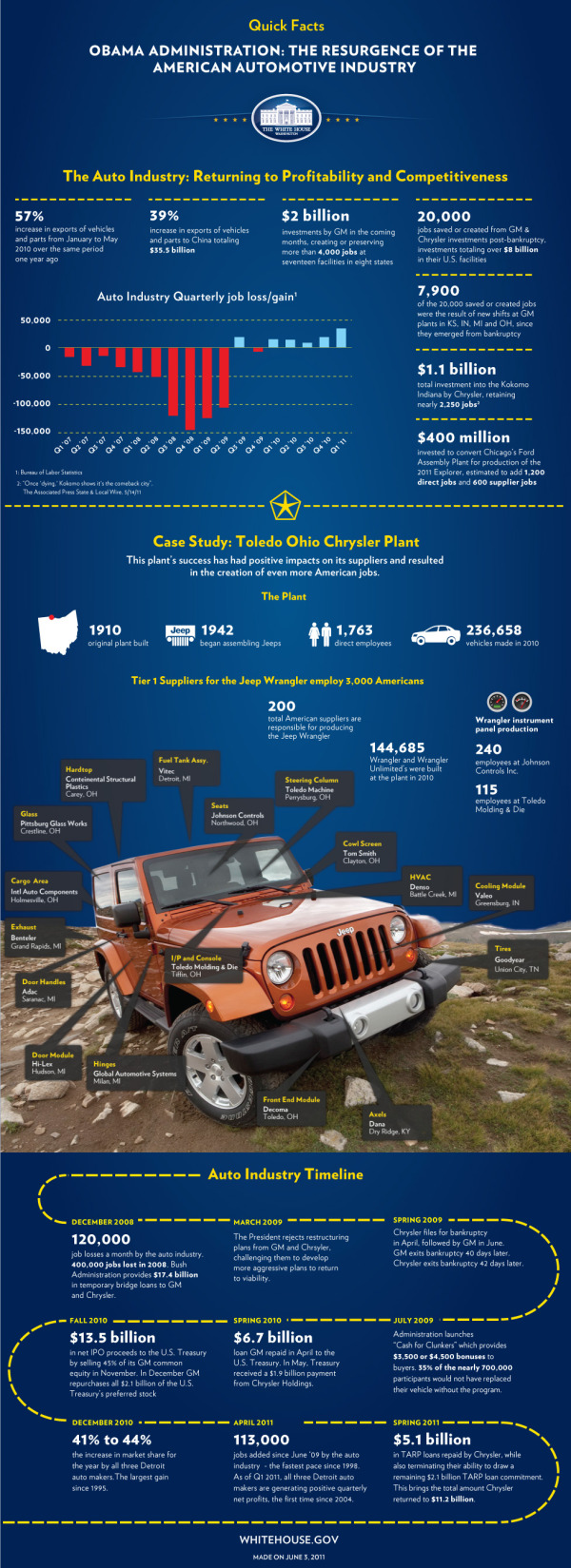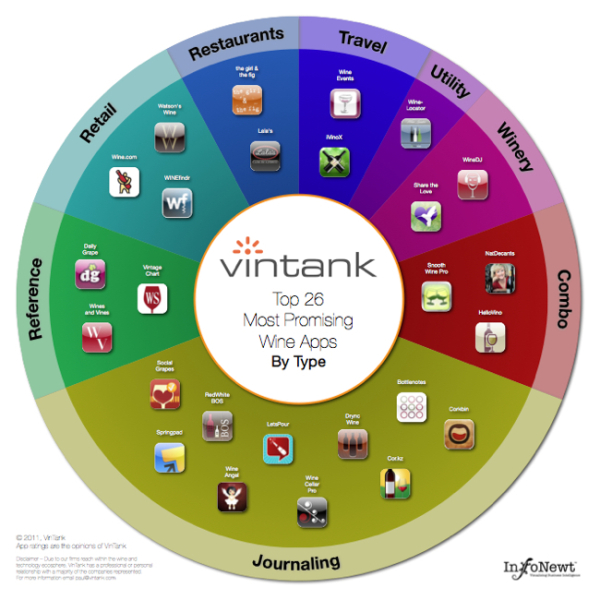It Started With A Tweet…
Data journalist and information designer, David McCandless recently gathered data revealing surprisingly low numbers of black students accepted into Oxford and Cambridge. However, despite being genuinely passionate about the data, David didn’t have time to visualise it himself. So he posted the following message on Twitter…

We contacted David and offered to put up a prize as a competition for the best visualisation of this data. To our delight, David accepted our offer.
Like David, we feel strongly that this data should be made visible to many. And we’re challenging you to do it.
UPDATE: Although the initial findings related to the number of black students, there’s a lot of information within the datasets about the ethnic heritage, and socioeconomic background of students attending different institutions. You are free to pick out whatever story you wish and present it in a visual format.
Enter Now To Win…
It’s easy to enter the competition and you could win:
- Recognition from our panel of industry experts in journalism, data visualisation and design
- Your name and work promoted across the web
- A proud and noteworthy addition to your portfolio, website or CV
- A full post profiling you and your work, and the design process you followed
- A signed copy of Information is Beautiful by David McCandless
- A brand new iPad2
Expert Judges From The BBC, .net Magazine And More…
Assisting David in the judging, we are thrilled to have judges from the BBC, .net Magazine, Tableau Software, Visualising Data, and marketing agency 97th Floor.
The judges will consider a range of criteria including design, effective visualisation, and presentation of the story.
- Andy Kirk, Founder, Visualising Data Ltd
- Chris Bennett, President, 97th Floor
- David McCandless, Author, Information is Beautiful
- Elissa Fink, VP Marketing, Tableau Software
- Katherine Mann, Director, Postgrad.com
- Rob Bowen, Art Editor, .net Magazine
- Russell Smith, Editorial Development, BBC News
It’s An Open Brief
The competition is based on the data collected by David, and other sources listed within the dataset. However, you are free to mashup the data with any other source you wish, provided the sources are publicly available and cited in your entry to the competition.
Your visualisation can be static, moving or interactive
You can include as little or as much text as you like
It can be as simple as a single chart or a full-blown infographic
You’ve A Good Chance of Winning…
People are often put off entering competitions assuming there will be hundreds of entrants. In reality, this is rarely the case. Simply entering really could put you in the running for a prize.
There’s a brand new iPad2 for the winner. And the top 3 will receive signed copies of ‘Information is Beautiful’ by David McCandless.
Entries from amateurs and newbies are very much welcome. We’d love to see what you come up with.
Remember, it doesn’t have to be a masterpiece. A simple yet effective piece of visualisation could be just the ticket.
And all highly recommended pieces, will receive recognition by our expert panel alongside the winners when results are announced.
Remember The Important Stuff
The competition rules are posted here.
You can grab the data here (be sure to check out the other sources listed within it).
To enter the competition, simply email your visualisation as a jpeg attachment to mark.johnstone@postgradsolutions.com and include your Full Name and the best email address to reach you on. As an alternative to sending your entry as an attachment, you are welcome to post your entry on your own site, and simply send us the link. In fact, we’d love it if you did that.
If your entry is interactive or moving, you will have to publish it on a separate site (your own site is preferable but social sites like YouTube are perfectly acceptable). Just remember to send us the link.
The competition closes at 11pm GMT on Monday 20th June 2011.
Winners will be announced by Monday 4th July 2011.
The Datasets
You can find the data collected by David McCandless here.
You may also find the following resources useful:
Guardian DataBlog post on Oxbridge Elitism
UCAS Annual Datasets
And Remember, the Competition Closes at 11pm GMT on Monday 20th June 2011.









 Randy
Randy










